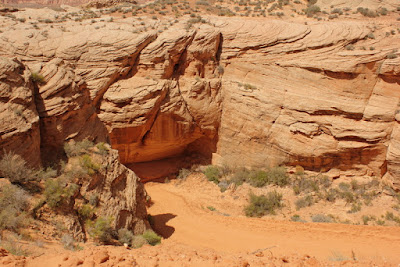Since it’s already 90+ degrees here, I’ve been thinking
wistfully of the cooler, drier air we had on our road trip, how invigorating I found it and how
nice it was not to be constantly sticky.
I’ve been admiring Debbie’s beautiful flowers, varieties
that generally don’t grow well here in central Florida.
And I’m jealous of another friend’s success growing
lavender—it doesn’t thrive here in Florida’s humidity.
Enough.
In all this wishing things were different, I’m forgetting
the many simple pleasures that are right under my nose. For instance:
- A backyard my husband is turning into an oasis, not only for us, but also for butterflies and birds:
- This little face:
- And this face, too:
- Beautiful bird life:
I will always wish for a climate less humid, but I am so
grateful I have air conditioning to make life livable. (My Florida-native
husband grew up in a home without it!)
It’s time to practice the adage, “Happiness is not having what you want. It’s wanting what you
have.”
What simple pleasures do you take for granted?

























































